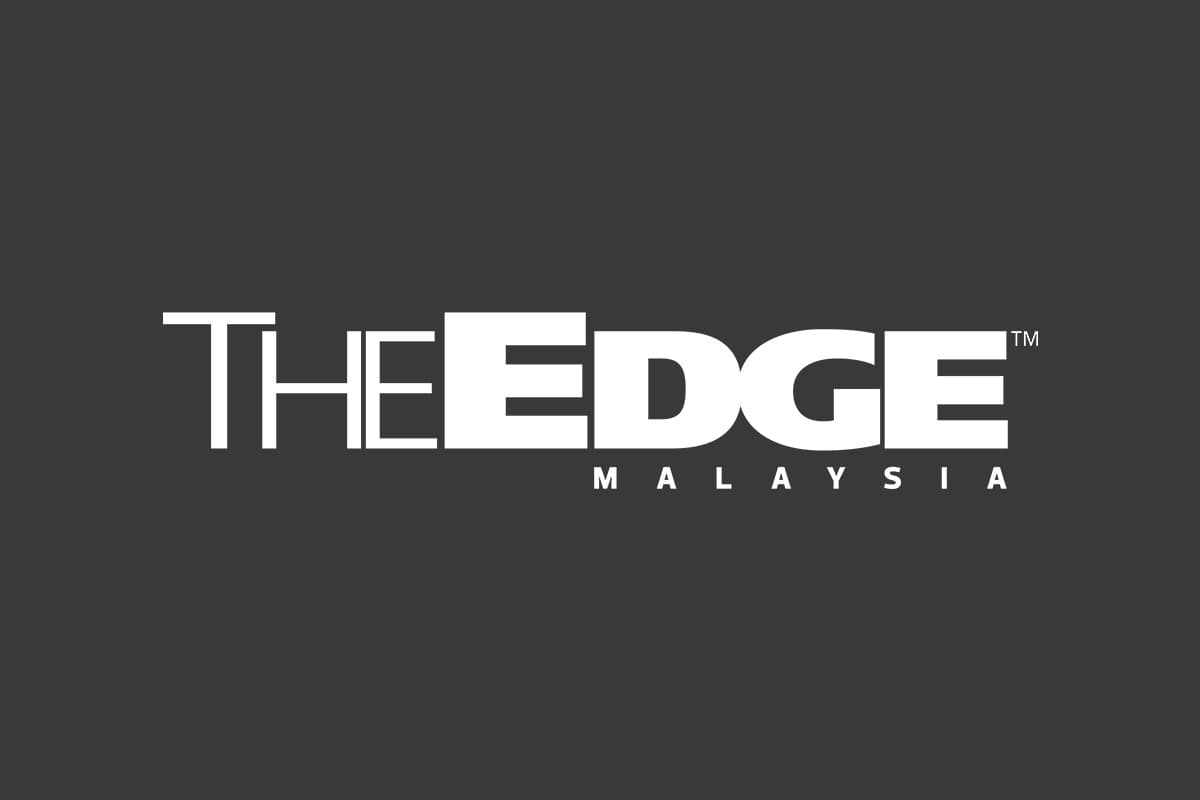
KUALA LUMPUR: Painting a positive outlook for the steel industry, the Malaysian Iron and Steel Industry Federation (Misif) said there will also be more mergers and acquisitions (M&A) — vertical and horizontal — over the next two years due to overcapacity.
“The industry needs to consolidate through mergers and acquisitions,” said Misif president Datuk Soh Thian Lai, adding that the consolidation would boost competitiveness in the sector.
More than 10 of Misif’s 150 members have expressed interest in the consolidation effort, Soh told a press conference yesterday at the 12th Misif Conference on Status and Outlook of the Malaysian Iron and Steel Industry.
He, however, declined to disclose the names of the companies.
Opening the conference earlier, Deputy International Trade and Industry Minister Datuk Ahmad Maslan said industry players must seriously reflect on the need for consolidation in this challenging time.
“Apart from mergers and acquisitions, the industry can consider domestic partnerships or joint ventures to consolidate and realign production to meet demand, in both the domestic and export markets,” added Ahmad.
Stressing that consolidation would benefit the industry, Malaysia Steel Institute (MSI) chief executive officer Jarrod Lim pointed out that China’s steel players became stronger and showed great improvement after a year of consolidation.
Lim said the Malaysian government has initiated a five-year consolidation plan involving three stages. The first stage would be to promote the effort to all the players in the industry, which MSI will be doing from November.
MSI will then proceed to the second stage — implementing the consolidation effort if there is a positive feedback from the industry players. The third stage involves ensuring the sustainability of the overall industry.
Speaking at the same press conference, Southern Steel Bhd managing director Chow Chong Long said overcapacity in the industry has affected the steel producers as there are too many players and profitability is not seen.
Soh stressed that the overcapacity was caused by China exporting a lot of light products to Malaysia, and not due to overinvestment.
“The overcapacity is not because we overinvest,” he said, adding that the current investment is based on the anticipated increase in steel consumption.
China’s steel exports to Malaysia increased from 900,000 tonnes in 2011 to 3.4 million tonnes in 2015, he said.
Amid the challenging economic conditions, Misif sees a better outlook for the iron and steel industry in 2017.
“The worst is over,” said Soh. “The industry has ‘edged’ up since 2015 and we see the upward trend.”
He said steel prices have recovered after China cut its output. Beijing has agreed to slash its production capacity by 45 million tonnes this year.
Soh said steel prices have normalised in the current quarter compared to sharp falls a year ago. The normalisation is expected to persist in the fourth quarter of this year before an upward trend is seen in 2017, he said.
He noted that prices have moved up by 10%, with another 5% to 10% increase expected.
Currently, long steel is priced between RM1,800 and RM1,950 a tonne, while iron ore is priced at US$56 (RM236) per dry tonne.
Following Megasteel Sdn Bhd’s closure, short-term measures have been implemented. Hot rolled coils (HRC) are now being imported with a one-year duty exemption and are now priced at US$450 a tonne.
The total consumption of HRC is 2.3 million tonnes of which 700,000 tonnes are locally produced.
For Budget 2017, Soh hopes the government will reduce the corporate tax by 3% and grant 100% investment tax allowance to industry players instead of the current 60%.
“This will encourage more companies in the construction industry to adopt the industrialised building system, which is currently adopted by less than 20% of the local construction sector,” he said.
- China said to pause new deals with Li Ka-shing, family following plan to sell Panama ports to BlackRock-led consortium
- Ekuinas announces CEO Syed Yasir Arafat to step down on March 31
- Ekuinas to be under PNB’s purview, say sources
- ASNB declares RM2.18b distribution for FY2025, with ASB 2 at 5.50 sen per unit, ASM at five sen
- LTAT declares seven-year high dividend of 5.25% for 2024
- MAHB targets long-haul operations from European air carriers
- OpenAI expects revenue to triple to US$12.7b this year, Bloomberg reports
- Meta’s Apac chief quits after decade-long growth spurt
- South Korea stocks slip as Trump's auto tariffs hit carmakers
- Indonesia's January palm oil inventories rise by 14% as exports drop
